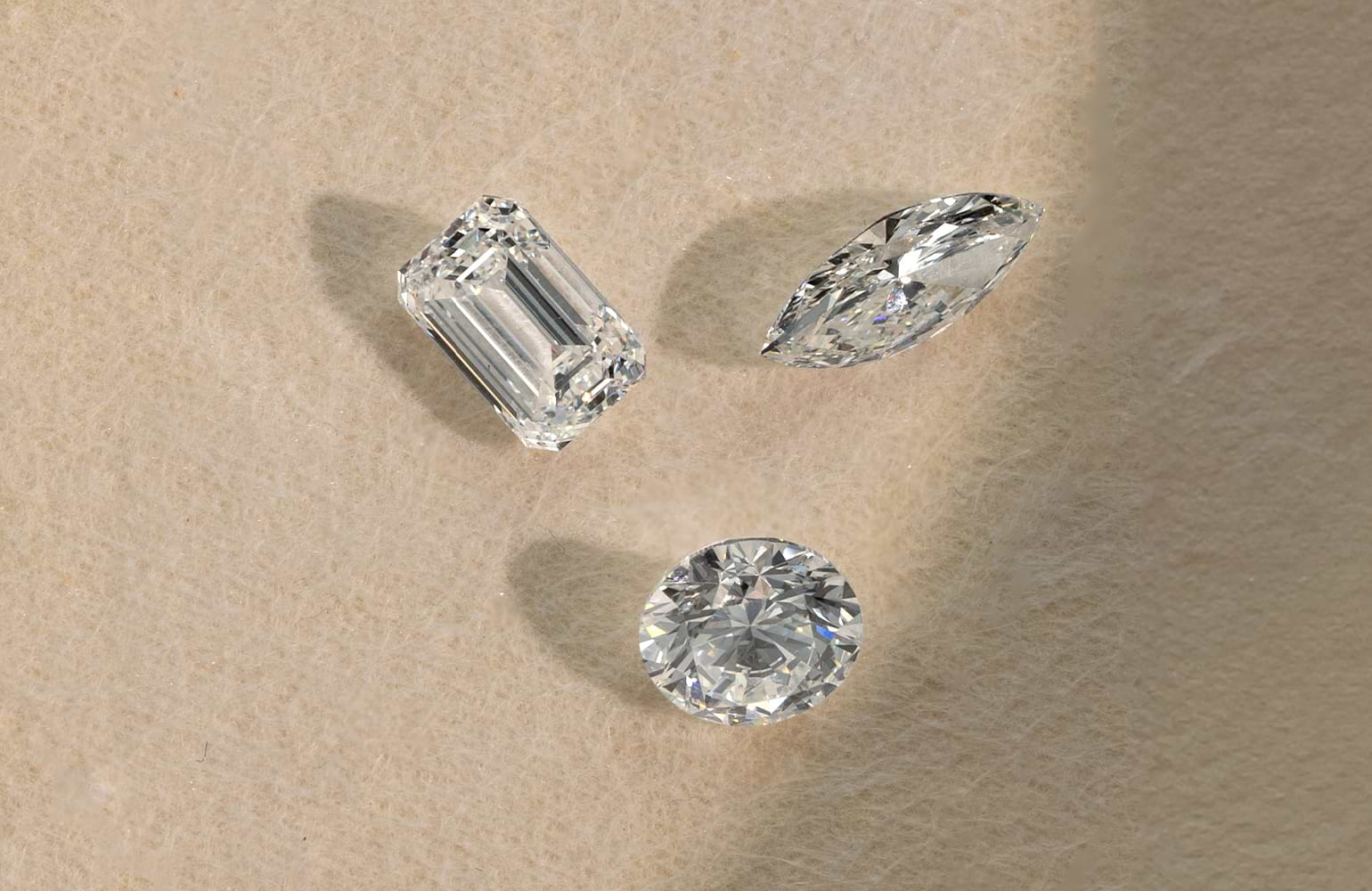When it comes to purchasing diamonds, many consumers are now considering lab diamonds 4Cs as a more ethical and affordable alternative to natural diamonds. Understanding the 4Cs—cut, color, clarity, and carat weight—is essential in evaluating the quality and value of these gems. This article will explore the 4Cs in the context of lab diamonds, helping you make an informed choice.
What Are Lab Diamonds?
Lab diamonds, also known as synthetic or cultured diamonds, are created in controlled laboratory environments that replicate the natural conditions under which diamonds form. These lab diamonds have the same physical, chemical, and optical properties as their natural counterparts, making them an excellent choice for consumers who want the beauty of a diamond without the high cost or ethical concerns associated with mining.
The Importance of Cut
The cut of a diamond significantly impacts its brilliance and overall appearance. In the realm of lab diamonds, the cut refers to how well the diamond has been shaped and faceted. A well-cut diamond reflects light beautifully, creating stunning sparkle and fire. The cut is graded on a scale from excellent to poor, with excellent cuts maximizing light return. Understanding the importance of cut is crucial when shopping for lab diamonds, as it can dramatically influence your diamond’s aesthetic appeal.
Evaluating Color
Color is another critical factor in assessing lab diamonds. While natural lab grown diamonds come in various colors, most buyers prefer colorless diamonds that appear clear and bright. Lab diamonds are graded on a color scale ranging from D (colorless) to Z (light yellow or brown). The highest quality lab diamonds will fall within the D to F range, offering a stunning, clear appearance. Knowing how to evaluate the color of lab diamonds can help you choose a gem that meets your visual preferences and budget.
Clarity: Finding the Perfect Lab Diamond
Clarity refers to the presence of internal or external flaws in a diamond, known as inclusions and blemishes. For lab diamonds, clarity is graded on a scale that ranges from Flawless (no visible inclusions) to Included (inclusions visible to the naked eye). Most buyers prefer diamonds with higher clarity grades, as they offer a more brilliant appearance. However, many lab diamonds can still look stunning with slight inclusions, especially when set in jewelry, making clarity a personal choice based on your aesthetic preferences and budget.
Understanding Carat Weight
Carat weight measures the size of a diamond. One carat equals 200 milligrams, and the weight of lab diamonds can significantly influence their price. Larger carat weights tend to command higher prices, but the cost is not solely dependent on size; cut, color, and clarity also play vital roles. When selecting lab diamonds, consider how carat weight fits into your overall budget and how it impacts the diamond’s appearance. A well-proportioned diamond with excellent cut, color, and clarity may appear more stunning than a larger diamond with lower quality in these areas.
Comparing Lab Diamonds and Natural Diamonds
One of the most common questions consumers ask is how lab diamonds compare to natural diamonds. While both types of diamonds share the same physical and chemical properties, lab diamonds are often more affordable and ethically sourced. As a result, many buyers are drawn to lab diamonds for their value and lower environmental impact. Understanding the 4Cs is crucial when comparing the two, as they can significantly influence the diamond’s beauty and cost.
Benefits of Choosing Lab Diamonds
Choosing lab diamonds comes with several benefits. In addition to being more affordable, they offer consumers peace of mind knowing they are not contributing to the ethical issues surrounding diamond mining. Lab diamonds can also be more readily available in various sizes and styles, allowing consumers to find the perfect piece for their needs. By understanding the 4Cs, buyers can confidently select lab diamonds that meet their expectations in terms of quality and beauty.
Maintenance and Care for Lab Diamonds
Caring for lab diamonds is similar to caring for natural diamonds. Regular cleaning and proper maintenance will keep them looking their best. Use a soft brush and mild soap to clean your diamond, and avoid harsh chemicals that could damage its brilliance. By understanding how to maintain your lab diamonds, you can ensure their beauty and longevity for years to come.
Conclusion: Making the Right Choice
When considering lab diamonds, understanding the 4Cs is essential in making an informed decision. Each factor—cut, color, clarity, and carat weight—plays a significant role in determining the quality and appearance of the diamond. By carefully evaluating these attributes, you can select lab diamonds that fit your style and budget, allowing you to enjoy the beauty of a diamond without the ethical concerns associated with natural stones.

